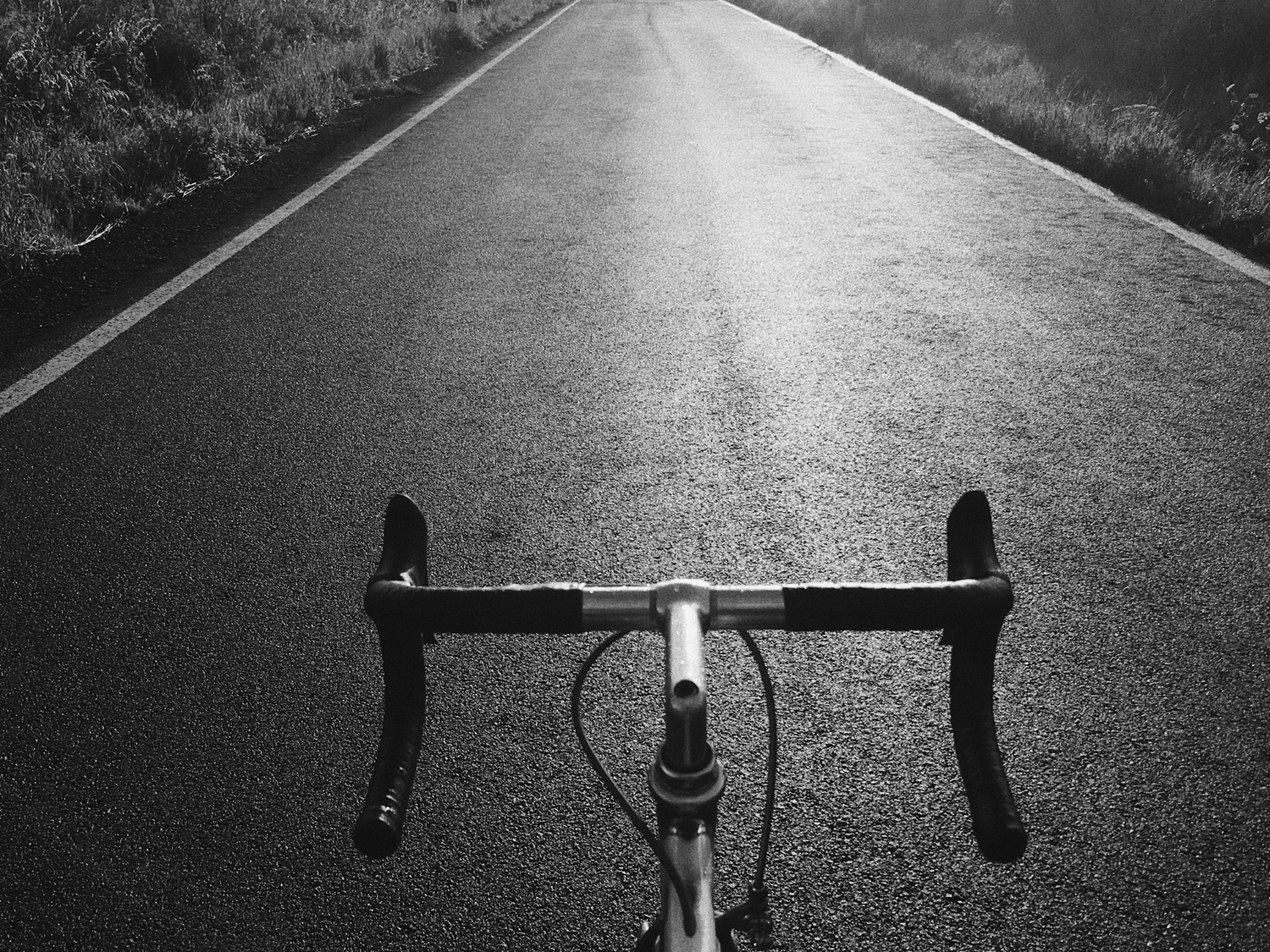Cycling in the rain can be a daunting prospect, especially for those new to the sport. The slick roads, reduced visibility, and unpredictable weather conditions can pose significant challenges. However, with the right knowledge, equipment, and technique, you can not only navigate through the wet but also enjoy the unique thrills that rain-soaked rides offer.
Understanding the Challenges
The primary challenge of wet weather cycling is the reduced traction. Wet roads significantly decrease the friction between your tyres and the road surface, making it easier to slip or skid. This is particularly true when braking or cornering. Another challenge is visibility. Rain can obscure your vision, making it difficult to see obstacles, potholes, and other road hazards. Additionally, the reduced visibility can make it harder for other road users to see you, increasing the risk of accidents. Finally, wet weather can take a toll on your body. Cold, wet conditions can lead to hypothermia, while prolonged exposure to rain can cause skin irritation and discomfort.
Bike Setup: A Foundation for Safety
A well-maintained bike is essential, especially when the roads are slick. Tyre pressure plays a crucial role in wet weather riding. Slightly lower tyre pressure increases the contact patch with the road, providing better grip. However, it’s important to find the right balance; too low a pressure can lead to pinch flats.
Tyre choice is another critical factor. While slick tyres offer excellent performance on dry roads, they can struggle in wet conditions. Consider opting for tyres with a subtle tread pattern designed to channel water away, improving grip.
Disc brakes have revolutionised cycling, and their performance in the rain is particularly impressive. Unlike rim brakes, which can be compromised by wet conditions, disc brakes offer consistent braking power, regardless of the weather.

Essential Gear: Your Shield Against the Elements
The right gear can make all the difference in a wet ride. A waterproof and breathable jacket is a must-have. It should keep you dry without trapping sweat, ensuring comfort and preventing hypothermia. Waterproof cycling pants, or bib tights, are equally important. Look for ones with reflective elements to enhance visibility.
A good pair of cycling shoes with waterproof overshoes can keep your feet dry and warm. Remember, wet feet can quickly lead to discomfort and reduced feeling in your feet.
Don’t forget about your hands. Waterproof cycling gloves will protect your hands from the cold and rain. Opt for gloves with a grippy palm to maintain control of your handlebars. Finally, consider investing in a good pair of cycling glasses. They will protect your eyes from rain, debris, and wind.
Mastering the Wet Road
Riding in the rain requires a different approach. The most significant adjustment is to your braking technique. Apply the brakes gradually and progressively, avoiding sudden, hard braking. This will help prevent wheel lock-up, which can lead to a loss of control. Cornering in the wet demands caution. Slow down before entering a corner and lean into the turn smoothly. Avoid sudden movements and aggressive braking, as this can lead to a slide. Visibility is crucial in low-light conditions and rain. Ensure your bike is equipped with bright front and rear lights.
Mental Preparation
Mental preparation is just as important as physical preparation. Approach wet weather rides with a positive mindset. Remember, cycling in the rain can be a unique and rewarding experience. Stay focused, be patient, and enjoy the ride. By following these tips and staying prepared, you can confidently conquer the wet and continue to enjoy your cycling adventures.


